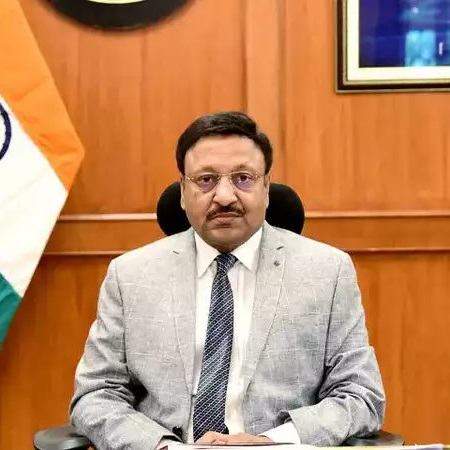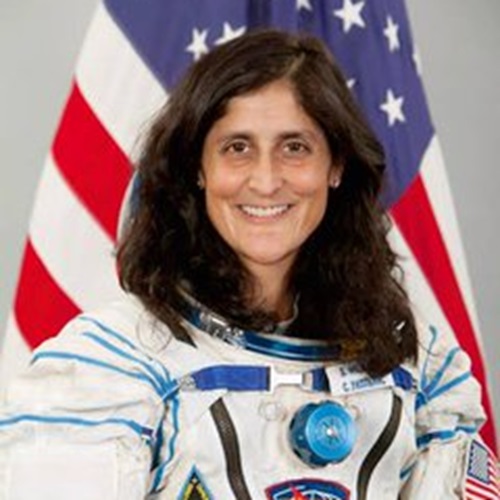Rekha Left Film for Amitabh, Reveals Bollywood Villain Ranjeet
Bollywood has always been home to captivating stories—on-screen and off-screen. Among these, the rumored love story of Amitabh Bachchan and Rekha remains one of the most talked-about, despite their never officially acknowledging it. This tale of love, mystery, and controversy continues to fascinate fans even decades later. Adding fuel to the fire is a revelation by Ranjeet, a famous Bollywood villain, about Rekha’s choices during the filming of Kaarnama. Let’s dive deeper into this intriguing chapter of Indian cinema. Rekha and Amitabh Bachchan: The Eternal Enigma Rekha and Amitabh, two icons of Bollywood, were celebrated for their chemistry in films like Silsila and Muqaddar Ka Sikandar. However, it was their off-screen relationship that drew more attention. Rekha openly admitted her love for Amitabh in interviews, whereas Amitabh always maintained a dignified silence. This stark contrast added layers of intrigue to their story. Ranjeet’s Revelation: Rekha’s Unusual Request Veteran actor Ranjeet, known for his villainous roles, ventured into direction with the film Kaarnama. Rekha and Dharmendra were initially signed as the lead actors. However, during the production, Rekha made an unusual request to adjust the shooting schedule to align with Amitabh’s availability. Here’s what transpired, as per Ranjeet’s account: Aspect Details Film Name Kaarnama Lead Cast (Initially) Rekha and Dharmendra Rekha’s Request Morning shifts so she could spend evenings with Amitabh. Director’s Response Ranjeet refused, citing production constraints. Outcome Rekha returned her signing amount and left the film. Rekha’s Departure and Film Delays Rekha’s exit from Kaarnama caused significant delays in the project. Dharmendra, the male lead, became unavailable due to other commitments. Consequently, the cast had to be reshuffled, with Anita Raaj replacing Rekha and Farah, Kimi Katkar, and Vinod Khanna joining the team. Despite these changes, the film only saw moderate success at the box office. Ranjeet admitted that the production challenges stemming from Rekha’s sudden departure contributed to the film’s lackluster performance. A Love That Inspired and Divided Rekha’s decision to prioritize her personal life over her professional commitments highlights the depth of her affection for Amitabh. However, it also sparked debates about professionalism versus personal desires in the entertainment industry. Rekha’s candid interviews often revealed shocking claims, further intensifying the media frenzy. Amitabh, on the other hand, consistently dismissed these stories as baseless rumors. This disparity in their narratives kept their alleged relationship in the limelight. Rekha and Amitabh’s Impact on Bollywood The Rekha-Amitabh saga has had a lasting impact on Bollywood: The Legacy of Rekha and Amitabh Today, Rekha and Amitabh stand as two of the most respected figures in Indian cinema. While Rekha continues to captivate with her enigmatic persona, Amitabh commands admiration for his towering legacy. Their alleged relationship, however unconfirmed, is a testament to the complexities of love and fame. It reminds us that behind the glamour lies a world of human emotions, struggles, and decisions. Final Thoughts The story of Rekha and Amitabh Bachchan is not just about romance; it’s about choices, sacrifices, and the unyielding spotlight of fame. Whether it’s Rekha’s bold admissions or Amitabh’s stoic denials, their saga continues to intrigue generations. And as fans, we are left with their mesmerizing films and a love story that may never fully unravel.
Rekha Left Film for Amitabh, Reveals Bollywood Villain Ranjeet Read More »












